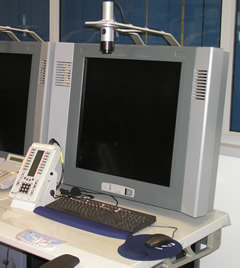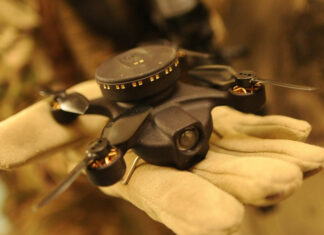To maintain the Arrow’s effectiveness against evolving threats, the missile is developed through a typical “spiral” development, maintaining “one step ahead” of the threat. In the 1980s Israel evaluated several missile defense concepts, including boost phase and mid-course attacks. The Arrow, proposed by IAI was selected as a defensive system designed for terminal phase intercept. Arrow is integrated into a larger multi-layered defensive network which can also provide mid course engagement, within an international coalition of defenses (with the US and NATO, for example).

“The Arrow was developed as a robust interceptor, continuously evolving through a spiral development process, accommodating advanced capabilities and adapts to face evolving threats.” Herzog told Defense Update, “The same interceptor designed with 1990s hardware and fielded in the year 2000 is operational today, upgraded with software modifications to defend against new threats such as the Shihab”. Since its initial fielding in the year 2000 the Arrow system received two software-block upgrades. Currently operational with Block 2, the system is expected to receive Block 3 which is currently in final testing. Under a parallel Arrow System Improvement Plan (ASIP) program, the system is undergoing hardware improvement through all its subsystems. Since the production of the missile was commenced also in the USA, the missile has been updated with more advanced computers, designed to form-fit into existing missiles, resulting in improved performance and lower cost. Block 3 will expand the missile’s intercept envelope, to include the anticipated Iranian unconventional threat. The Block 3 missile completed system integration and testing, this version was used during all three tests, conducted in 2004 and 2005. The Arrow program is currently developing Block 4 which is expected to become operational long before the Iranian threats against which it was developed are expected to enter the Mid-East Theater. “We are evaluating what are the characteristics of a future nuclear threat and prepare our defenses to be ready for it well in advance of such threat”.

Citron Tree Battle Management, command, Control and Communications (BMC3) system, developed by Tadiran Systems, is one of the world’s most advanced net-centric system, This computing network is built around a huge software application including some two million lines of code, performing real-time sophisticated computations, of calculating intercept, assigning launchers to specific threats, and assessing the effects, probabilities and threats of each intercept to enable maximum defense for the protected areas. Citron Tree’s net-centric interoperability was operationally proven during Operation Iraqi Freedom (OIF), as it was integrated with coalition air defense units (Patriot) and naval missile defense systems, deployed in the East Mediterranean and other locations in the region. The Arrow command and control facility has recently moved from its previous shelter facilities into a new spacious bunker, fully protected from nuclear, chemical and bacteriological threats. Defense Update was allowed to photograph this facility for the first time.
As the U.S. Thaad system entered production, by the end of 2006, Israel is interested in integrating its into its missile defense program with deployable U.S. missile defenses, such as the ground based THAAD and naval AEGIS SM-3 systems. Such integration will enable full interoperability between Israeli made Arrow, and U.S. Patriot missiles and the new missile interceptors developed for the US Missile Defense Agency, to enhance defenses against potential nuclear attack from Iran, if and when this country acquires nuclear capability for its long range missiles.

Additional parts of this article:
- Missile Defense System’s Update
- Rockets – Strategic or Tactical Threat?
- Arrow’s Spiral Evolution
- Investing in Missile Defense














